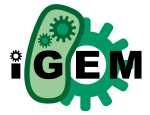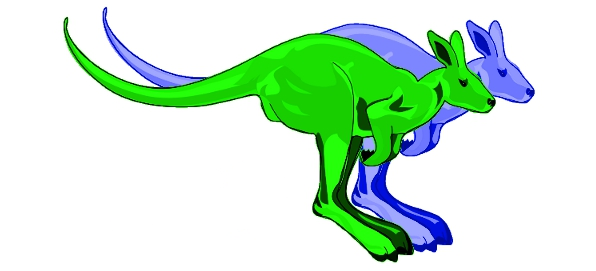Team:Macquarie Australia
From 2011.igem.org
(→Abstract) |
(→Abstract) |
||
| Line 77: | Line 77: | ||
<br> | <br> | ||
| - | <p style="font: 11pt Trebuchet MS"> | + | <p style="font: 11pt Trebuchet MS"> Photoreceptors are ubiquitous proteins that allow an organism to sense light. These proteins have evolved in unique environments to sense light intensity in different colour ranges. This experiment focuses on constructing a biological switch that uses two photoreceptors from separate organisms – Deinococcus radiodurans and Agrobacterium tumafaciens. The coupling of heme oxygenase supplies our photoreceptor proteins with biliverdin, allowing for the self-assembly of the switch within host systems. The switch is the first stage of a two component light sensor and when expressed at high level, there is a noticeable colour change of the cell when it is activated by light.</p> |
| + | |||
| + | |||
<br> | <br> | ||
Revision as of 07:22, 2 October 2011
|
|
Welcome
G'day from the 2011 Macquarie University iGEM group.
Here are some quick links to help you get started:
Abstract
Photoreceptors are ubiquitous proteins that allow an organism to sense light. These proteins have evolved in unique environments to sense light intensity in different colour ranges. This experiment focuses on constructing a biological switch that uses two photoreceptors from separate organisms – Deinococcus radiodurans and Agrobacterium tumafaciens. The coupling of heme oxygenase supplies our photoreceptor proteins with biliverdin, allowing for the self-assembly of the switch within host systems. The switch is the first stage of a two component light sensor and when expressed at high level, there is a noticeable colour change of the cell when it is activated by light.
Medal Progress
|
 "
"




 Registration of Team
Registration of Team